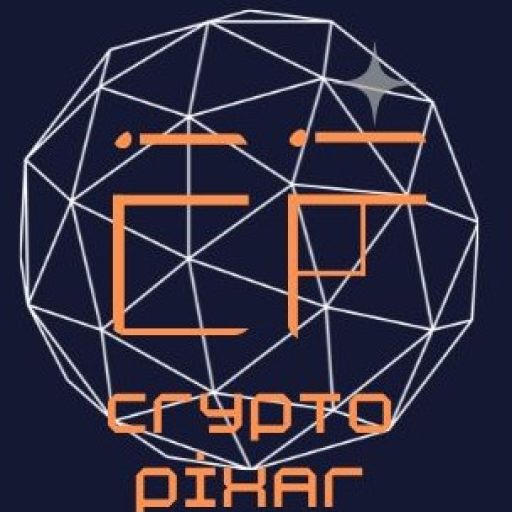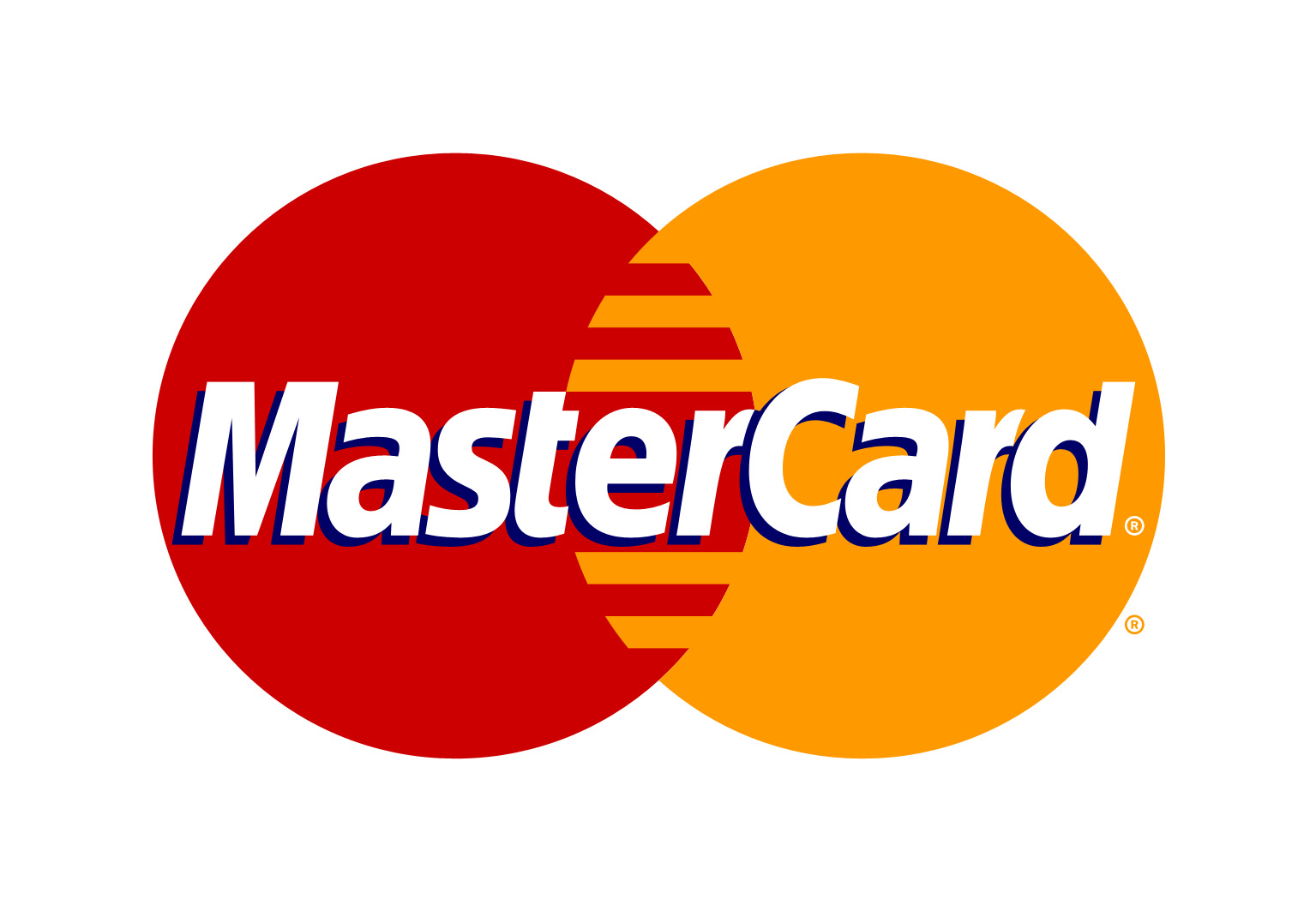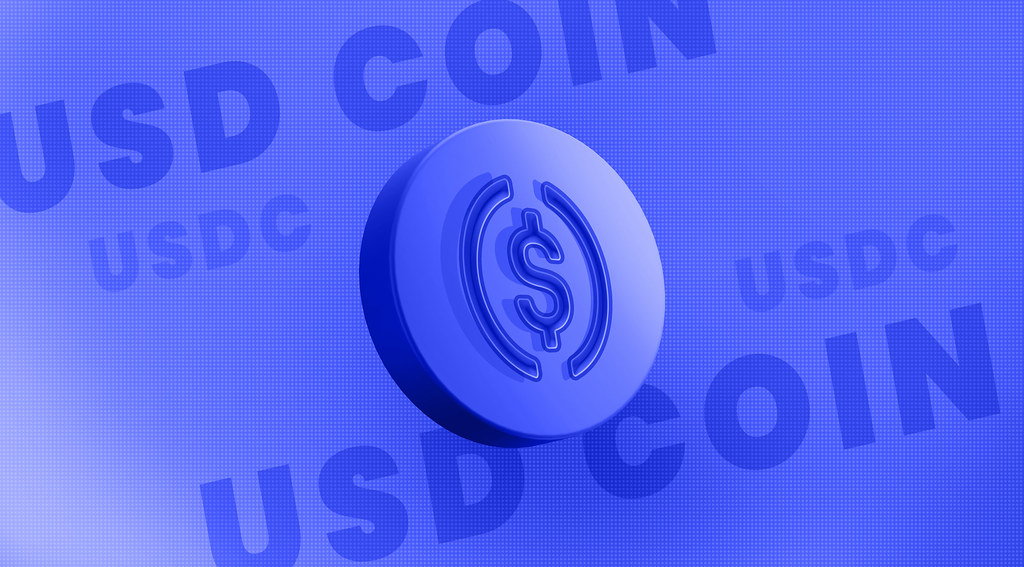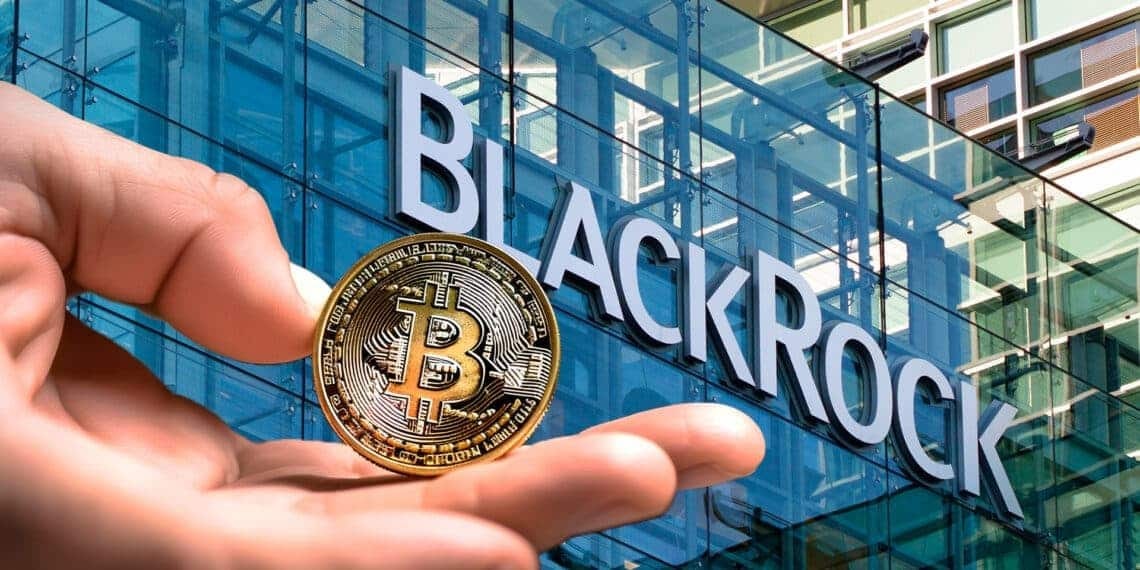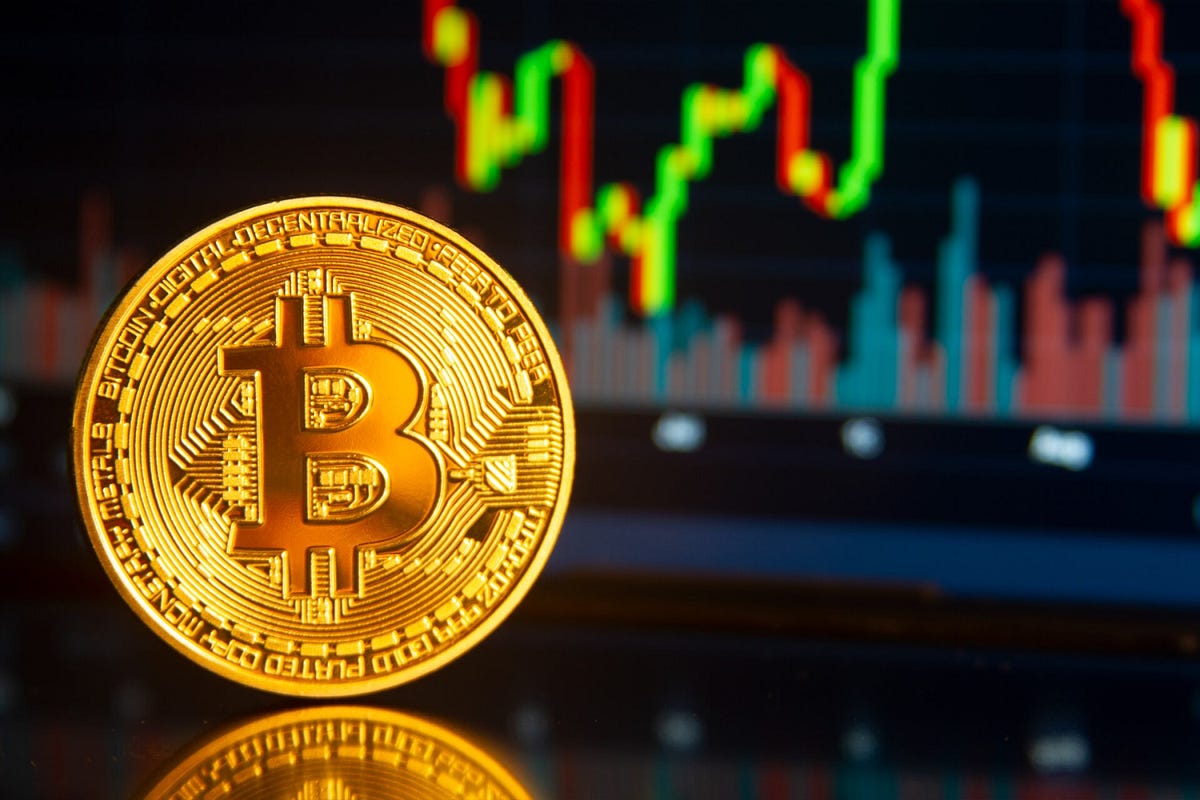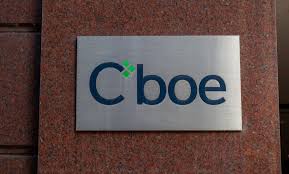Solana’s faster unstaking process may give it a critical advantage over Ethereum in staking ETFs, according to Bitwise CEO Hunter Horsley. Here’s why Solana could lead the next wave of crypto ETFs.
Solana vs Ethereum: Staking ETFs Show a Potential Market Shift
The race between Solana and Ethereum staking ETFs is heating up, and a surprising frontrunner may be emerging. While Ethereum has long been the heavyweight in staking, Bitwise CEO Hunter Horsley believes Solana could gain a crucial advantage in the ETF space thanks to its network design.
The key difference? Unstaking times. For ETF issuers who must ensure liquidity for investors, the ability to quickly redeem staked assets is a game-changer. And that’s where Solana might be poised to leap ahead.
Why Unstaking Speed Matters in Staking ETFs
In staking, investors lock up their tokens to help secure the network, earning rewards in return. But those locked assets can’t be instantly withdrawn — and that creates a liquidity bottleneck.
On Ethereum, withdrawal queues have ballooned, with wait times often stretching weeks. At one point in September, the exit queue surpassed 34 days, with more than 2 million ETH awaiting release. Even now, average wait times remain several days, posing hurdles for ETF issuers who must return assets to investors promptly.
Solana, in contrast, offers a far shorter unstaking window, often clearing requests in a fraction of the time. For ETF managers, this difference could be the deciding factor when building compliant, investor-friendly products. As Horsley emphasized, ETFs need to deliver redemptions almost instantly — and Ethereum’s current setup makes that a costly challenge.
Workarounds Exist — But at a Price
Ethereum-based financial products aren’t standing still. Many issuers have found ways to sidestep the redemption queue. For instance, Bitwise’s Ethereum staking ETP in Europe uses credit facilities to maintain liquidity. Others lean on liquid staking derivatives like Lido’s stETH, which allow holders to trade a tokenized version of staked ETH without waiting for withdrawals.
While effective, these solutions come with trade-offs:
Credit facilities add costs and face capacity constraints.
Liquid staking tokens introduce counterparty and smart contract risks.
For large-scale ETFs in the U.S. market, those trade-offs could become barriers — making Solana’s design even more appealing.
SEC’s October Decisions Could Reshape the ETF Market
Timing is everything, and both Solana and Ethereum are under the SEC’s microscope this month. With 16 crypto-related ETFs awaiting approval, October could mark a turning point for staking-based funds.
Among the pending filings are Solana ETF applications from Bitwise, Fidelity, Franklin Templeton, Grayscale, VanEck, and more. All have updated their proposals to include staking provisions, signaling that institutional interest in Solana is accelerating.
On the Ethereum side, the SEC has already delayed decisions on products from Grayscale and BlackRock, pushing them to late October. While these delays are procedural, they highlight how regulatory timelines remain unpredictable — especially with federal staffing challenges caused by the ongoing U.S. government shutdown.
Solana’s Staking Advantage in Numbers
Let’s break down the contrast:
Ethereum (ETH)
Entry queue peaked at 860,369 ETH in September.
Exit queue currently exceeds 2 million ETH.
Average withdrawal wait: ~34 days.
Solana (SOL)
Typically processes unstaking requests much faster.
Shorter exit periods make it easier for issuers to meet investor redemptions.
This difference may appear technical, but for ETF structures — which depend on liquidity, compliance, and trust — it could be the decisive factor in whether investors prefer a Solana staking ETF over its Ethereum counterpart.
Could Solana Outrun Ethereum in ETFs?
Ethereum remains the dominant staking chain by sheer volume, with over 27 million ETH locked. But Solana’s nimble design offers real-world advantages for ETF mechanics. If U.S. regulators greenlight both ETH and SOL staking ETFs this month, investors may gravitate toward the option that delivers faster redemptions, lower costs, and fewer liquidity headaches.
That scenario favors Solana — and could spark a narrative shift where SOL isn’t just the “Ethereum alternative,” but a legitimate leader in staking ETF infrastructure.Final Take: The Stakes Are Higher Than Ever
As ETF issuers, institutional investors, and retail participants wait for the SEC’s decisions, the staking ETF race between Solana and Ethereum is shaping up as one of the most important storylines in crypto finance.
Ethereum’s ecosystem strength and established dominance can’t be ignored. Yet, Solana’s leaner mechanics may give it the edge in ETF adoption, setting the stage for a fierce market rivalry.
If October brings the green light, the first chapter of this new ETF battle will be written — and the outcome could redefine which blockchain investors trust with their staked assets.
Disclaimer: Parts of this article were generated with the assistance from AI tools and reviewed by our editorial team to ensure accuracy and adherence to our standards.
